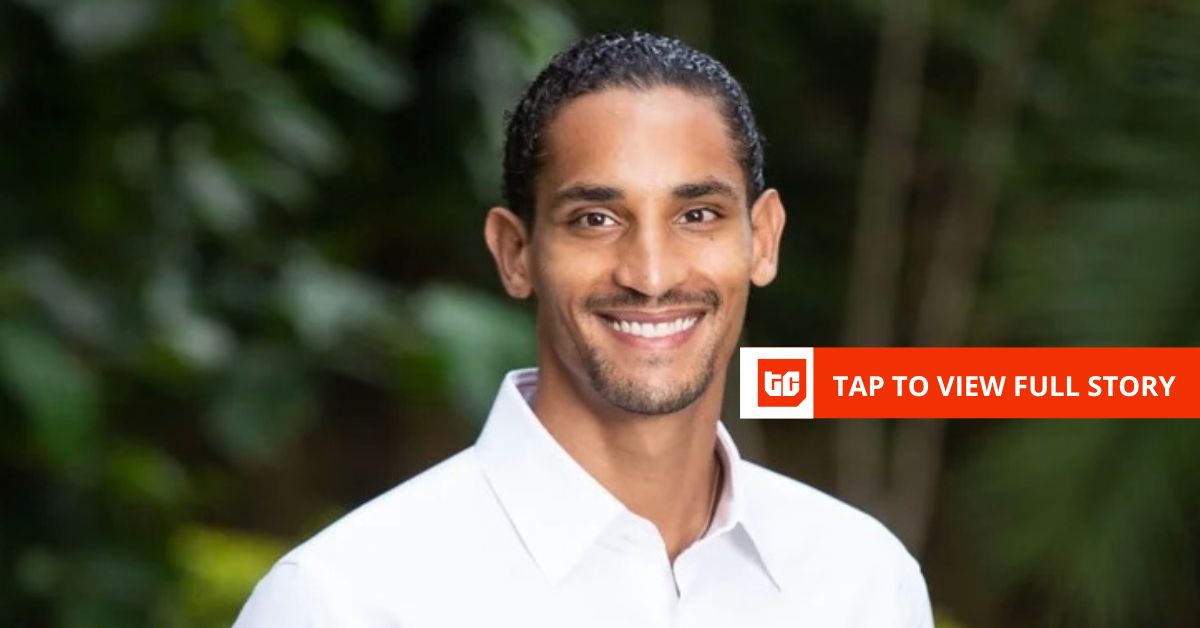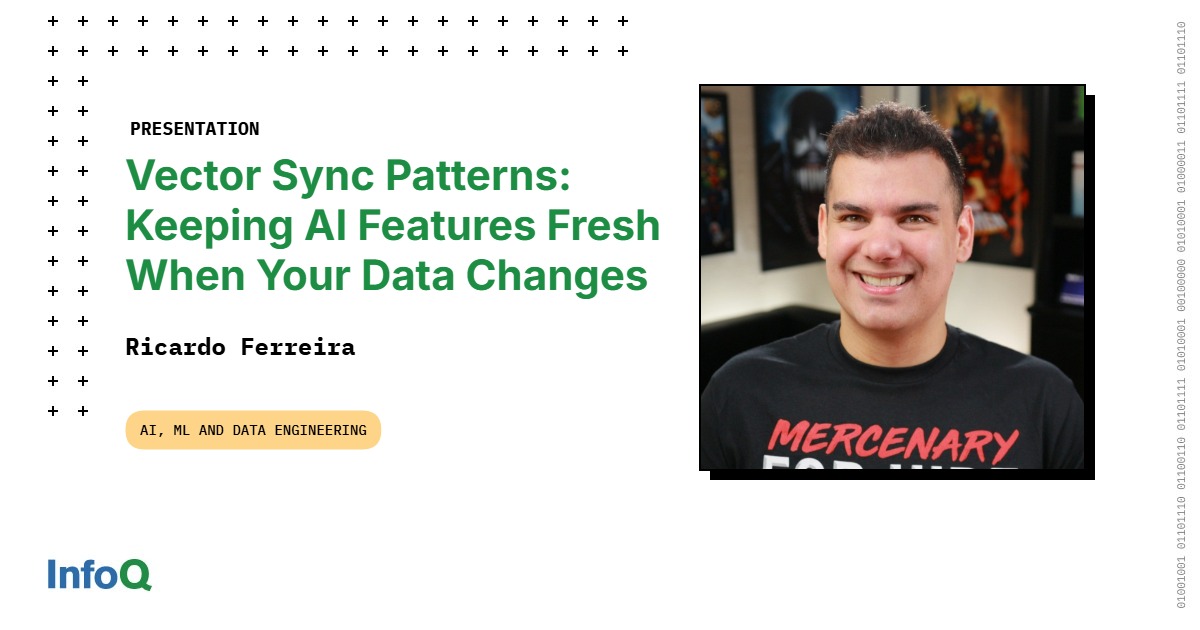After spending his childhood across Zambia, Uganda, and Tunisia, Philippe Griffiths, now a senior associate at TLcom, an Africa-focused venture capital (VC) firm managing over $150 million, realised early that technology could “transform African lives.” Driven by that conviction, he left a consultancy job in Washington and relocated to Nairobi, where he offered scholarships to young Kenyans looking to build tech careers.
“It’s about the role that tech can play to address fundamental market failures or gaps in government resourcing at a time where there’s a dearth of capital across all our core needs,” he said from South Africa, where he’s on a deal-sourcing trip.
For an hour, he spoke about the human side, constraints, and evolving maturity of Africa’s venture capital sector, and how his consultancy job prepared him for a career in venture capital.
“I worked in consulting because I felt like there were some business fundamentals and exposure to global best practices at the largest companies and federal agencies in the US that I was consulting with that I could apply to the types of companies, at least in part, that we want to build in Africa,” he said.
That experience prepared him for what he thinks is the hardest part of VC: helping founders build businesses “fit for purpose” in Africa’s complex markets. This should ideally happen after the first cheque during the early stages of the business, where TLcom operates.
At this stage, investors are underwriting business model risk rather than technological innovation, according to Griffiths, as the local realities of the market—limited data, poor infrastructure, and low spending power—often dictate that early-stage companies repurpose existing tech creatively.
Griffiths also emphasised that early-stage investment is fundamentally about people. TLcom looks for founders who understand their market, have proximity to the problem, and can adapt as their company evolves.
This interview has been edited for length and clarity.
How has the past year—from October 2024 to now—been for TLcom, your firm?
It’s been good. I think there are a couple of things that we feel very fortunate about. One, the global fundraising environment, I know, hasn’t generally been great globally—especially in Africa. We were lucky to raise and close our fund, I believe, at the beginning of last year.
We have capital to deploy. We’re investing at a stage that has a lot of activity at seed and Series A. Despite the down numbers across deal count and volume, seed and Series A have remained active, and we’ve been able to make investment decisions without a sense of urgency.
We’re seeing, at least at the top of the deal flow pipeline, really promising opportunities. We feel fortunate about that. We’ve now been investing across two funds and have been able to continue learning about what works for us—what types of business models are attractive—and spending time in markets that we hadn’t previously focused on.
We made our first investment in Francophone West Africa, in Hub 2, a company that does payment infrastructure. We were able to get to know Francophone West Africa a bit more through that process. We’ve also made follow-on investments in a couple of our portfolio companies and have had the time and space to do that. Generally, I think we’re feeling quite optimistic and have had a good year.
Has anything changed about your thesis in the past 24 months?
Our thesis has always been about backing founders who are solving large issues and using tech as a lever for scale. We focus on the first principles: are you building a company with strong economics, serving a large or growing market?
We try to stay laser-focused on that and not be swayed by new trends or new topics that come up. Ultimately, all opportunities boil down to the fundamentals. So no, I wouldn’t say that our thesis has changed.
You mentioned earlier that you are in South Africa for deal sourcing. I know as an associate at TLcom, your role covers deal sourcing, due diligence, and even post-investment support in some cases. Which of these areas do you find the most challenging here on the continent, and why?
Venture capital in general is hard, and it’s hard everywhere. The success rates of companies everywhere are low. Founders are doing the hard work, so not to say that investors are on the harder side of the business, but as investors, there are different types of risks that you’re undertaking when you invest, whether it’s market risk (is the demand there, is the market or customer willing and ready to buy the product?), tech risk (is this something that’s on the forefront of technology and innovation?), and then all sorts of business model risks, whether it’s go-to-market or distribution.
In Africa, what you’re underwriting at an early stage is the business model risk. As an investor, you see a lot of technology that wouldn’t be classified globally as cutting-edge being repurposed in creative ways—either to meet the needs of a low-cost consumer or price-sensitive consumer or otherwise.
But for me, the post-investing process of helping generate value in the portfolio that we’ve invested in is where the challenge lies. And in particular, it’s around the part of building a business that is fit for purpose for Africa. The business model for me is central to that. What are the lessons that you can help founders navigate through to protect margins, continue to grow, and build a healthy business in a market where it’s not always entirely clear how to do that?
The realities of consumer markets being constrained by low disposable income and fragmented markets—meaning that you might have to consolidate your customer base or run distribution yourself, whereas in other markets you might be able to outsource that—and then, of course, limited access to digital tools means that you’re operating at times with limited data as well as you grow. These are just a few of the market realities that make building a business difficult, and, as an investor, supporting companies in that process is challenging.
From the operational side of working with ALX in Nairobi, what things have you learnt that you’ve been able to apply at some of your portfolio companies?
The fundamental questions on what it looks like to build a business in a market where you don’t always have great access to consumer data—what people want and need to be built into your product development cycle so that you’re getting rapid feedback from your early customers and tweaking your strategy and product accordingly. These are fundamentals everywhere, but it’s even harder in Africa, and, in this case, my experience with ALX—to learn about the problem you’re solving and build a solution via desk research. You do really need to have a close and constant touchpoint with the customer.
At ALX, we were building leadership bootcamps, six-month programmes targeted towards young adults looking to upskill specifically in tech. We were doing that with students who were ambitious and hungry to learn, but didn’t often have the ability to pay full price. We had to subsidise fees to make sure that the programme is accessible for students while also meeting our fiduciary responsibilities as a company.
These are the types of problems that we were thinking through. But ultimately, it speaks to the answer to the previous question, which is needing to get creative on the business model to make sure you’re building something that works for your customer.
How do you balance investing in high-risk startups with the need for follow-on capital?
You need clarity on what risks you’re underwriting. Are you investing in a space where the market is small but growing, and you’re taking a bet on the growth of a future market? Is it on tech, business model, or team? Ideally, you’re not taking on too many of those risks at the same time. There’s clarity and promise in certain parts of the business, if not all of them.
At the end of the day, too, though, we’re investing in people. When we think about an early-stage investment, the assumption is that no matter how promising the business model is, we’re expecting it to evolve. Most successful companies pivot multiple times from founding to exit. Can we find the types of founders that have demonstrated the experience, proximity to the problem they’re solving, and—importantly—an ability or willingness to work with a board to shore up leadership gaps or learn along the way?
And then lastly, I think it would be making sure that we’re working with teams that have similar-scale ambitions as us. We want to work with people who are looking to build generational solutions at the scale that makes sense to be backed by venture.
When it comes to follow-on investments, we’re looking for companies that can articulate and execute a clear competitive advantage. As the ecosystem has evolved, we’ve seen founders get very, very good at being able to articulate the size and depth of the problem they’re tackling. But I think as our ecosystem matures, it’s important to also articulate: how does your strategy give your company a cost or value advantage in the market?
That is to say, are you setting up your supply chain or business in such a way that you’re structurally undercutting competition in a way that gives you a cost advantage? Are you providing a product or service at a perceived value way higher than what else is available—a 10× improvement on the market? And then how can you turn that articulated advantage and position into cash flow?
Those are the primary questions we’re asking, really, across rounds. That competitive advantage, I think, is the difference between companies that see long-term success and ideas that fail to come to fruition.
What are your expectations for founders in terms of milestones post-investment?
I’d first start by saying when you’re evaluating the investment, you’re looking at performance and things on one level, and then when you invest, it’s a partnership. As long-term partners to companies in our portfolio, the question is more around: what can we do as a team and as a board?
We tend to sit on the board of most companies we invest in, and so it’s less of a “what can they do?” and more of a “what can we do?” I don’t want to be too prescriptive because it’s very different across stages, but generally speaking, the questions we’re looking for at pre-seed are around this piece of an articulated competitive advantage. Do you have the team or the networks, or the experience to tackle an old problem in a new way?
That’s early-stage—or pre-seed—and in some cases seed as well. But I’d say we’re more looking for: you had this promising idea and positioning that you’ve articulated—do you have early proof points to validate its success? Not at scale, but early customers showing excitement for the product, coming back, repeat customers, paying more, etc.
And then Series A and beyond—the Series A is sort of where we focus—it’s: you’ve done some of what I’ve just described, and you’re looking essentially to raise money to fuel growth of your core products and potentially explore adjacent products to diversify revenues. But it’s not funding to pilot a new business model or answer new questions as much as it is starting to put growth capital behind proof points that have already been validated.
What sectors, in your opinion—and it’s your personal opinion—do you think are the most compelling opportunities, and why do you think that is?
If you just look at the market over the last couple of years, even if you take the last H1 of 2025, the three sectors that have seen the most activity from a volume or deal-count perspective have been fintech, climate, and AI—broadly defined.
As investors, we’re backing ideas in the market and founders. There’s a lot of activity in these spaces. There was a big wave of large deals, unicorns, and exits in fintech over the last decade—definitely more so than any other sector—and it’s in part because of some of the structural advantages of fintech that I don’t perceive will go anywhere.
Fintech is still building the missing rails in Africa—on which many other business models are built—whether it’s payments, lending, wallets, or neobanking. The very nature of fintech means it becomes the monetisation engine for companies that might be doing things in edtech, logistics, healthtech, and others, where that’s their point of interaction with the customer.
I think fintech is here to stay for a while and lends itself toward scale because of those reasons. And two, it encompasses more than just, say, payment infrastructure or lending-as-a-service models, because it’s how many startups make money—be it on transaction fees or otherwise.
AI is an interesting story for me. When you look at the role that AI is playing in global technology, you’re starting to see that trickle down to other emerging markets, whether Southeast Asia or Latin America. You’re seeing a ton of both consumer and enterprise AI solutions in those markets.
While AI made up roughly one-fifth of deal volume in H1 2025, I’d posit that we are sort of behind the curve in putting attention and resources toward what role Africa can play in the AI story of tomorrow.
There’s no reason why we can’t play a leading role in what is a new space. My prediction is that in the next 10 years, we’ll see a lot more founders building in this space. As investors, I think it’s our job to start sifting through some of the activity and forming theses on the space. We’re at TLcom starting to do that—but it’s a little too early to share at this time.
You operate in multiple markets. How do you evaluate market size, regulatory risk, and the same quality across different countries?
It’s funny. I’m sure a lot of investors you interview sort of say “it depends”, and I apologise in advance. A lot of my answers are “it depends”. But we don’t have a specific playbook that is linked to markets. We have learned, right, from our time. We’ve spent a lot of time in Kenya and Nigeria over the last decade, and increasingly in our second fund, we’ve spent more time getting to know Egypt and have had ample experiences in South Africa as well.
I don’t have a TLcom-unique playbook to share outside of the first-principles thinking that I mentioned that we approach different markets with. We’ve definitely followed regulation and how it’s evolved in places like Nigeria and Egypt, and we try to make at least a couple of trips a year to each of the big four markets, as well as others. We’re very optimistic about both the big four and other markets. But I wouldn’t say we have a playbook that would provide a very rich answer to that question.
The first-principles thinking for us is: we’re a $150 million fund. We’re looking for large outcomes, and in doing so, we have a bias towards large markets. Whether that’s a country like Nigeria or Egypt or a region like West Africa, we’re asking ourselves a ton of questions on the size of markets. Obviously, the regulator—the maturity of a regulatory environment—plays either more or less of a role in the opportunity, depending on how regulated the space is.
But generally, we’re looking for scale, and we’ve been able to find that in very different places across the continent. We’re also taking into account things like exits—what can exits look like?—and we’re looking at precedent across what exits have looked like in the past. South Africa, for example, has outcomes that tend to be smaller but has a highly liquid and local M&A market.
TLcom emphasises long-term support for your portfolio companies. Could you give an example of where you’ve helped a startup operationally—maybe with market entry, hiring, or partnerships?
I don’t want to share any proprietary information on things like market entry that might feel sensitive, but one core area for us where we like to add immediate value is fundraising. I think all investors do this, but as a close partner, we do a lot of work on capital forecasting for the future.
It’s not enough to say, “You need to raise this much for this round.” It’s: how are you able to articulate what the North Star looks like from an exit and scale perspective, and then sequence what the cash needs look like across two or three rounds? We set up conversations with both global and local investors to start thinking about raising Series A, Series B, and C+.
Ultimately, the question in Africa is about exits. It’s one thing to grow companies, but how do you crystallise returns for both the founders and investors? One big initiative we’ve been taking on over the last 12 months is helping companies establish the types of relationships and clarity of vision that get them to exit—whether that’s IPO, being purchased by a strategic investor, or otherwise.
As part of that, one thing you might have seen is that we work with the London Stock Exchange to get our portfolio companies in front of them—to get a very clear sense of what the criteria would be for an African company to list. We’re trying to clarify that path and bridge the gap by connecting the right financiers to our portfolio companies to start on that process.
What are some of the things you’ve seen among founders you think are like red flags, and how do you work with them to address these?
It’s not enough for you to say, “We’re building the Instacart of Kenya.” No. What is your specific advantage, and why is that relevant to your existing market? Or it’s not enough to say, “We’re raising a $10 million Series A because EdTechs typically raise a $10 million Series A.” It’s more: what is the $10 million going toward, and how does that contribute to the broader North Star?
There are implications in an environment where there’s less readily available capital for founders. There are implications for when and how a founder is going back to market. If you’re doing capital planning well and you’re forecasting the needs across rounds, there’s a lot that positively impacts your ability to maintain runway and forecast your needs.
You’re not raising rounds in an urgent manner at a time when cash flow issues surprise you—and we all know founders who have to raise a bridge because things have gone poorly. Some of this capital forecasting discipline helps prevent those things.











